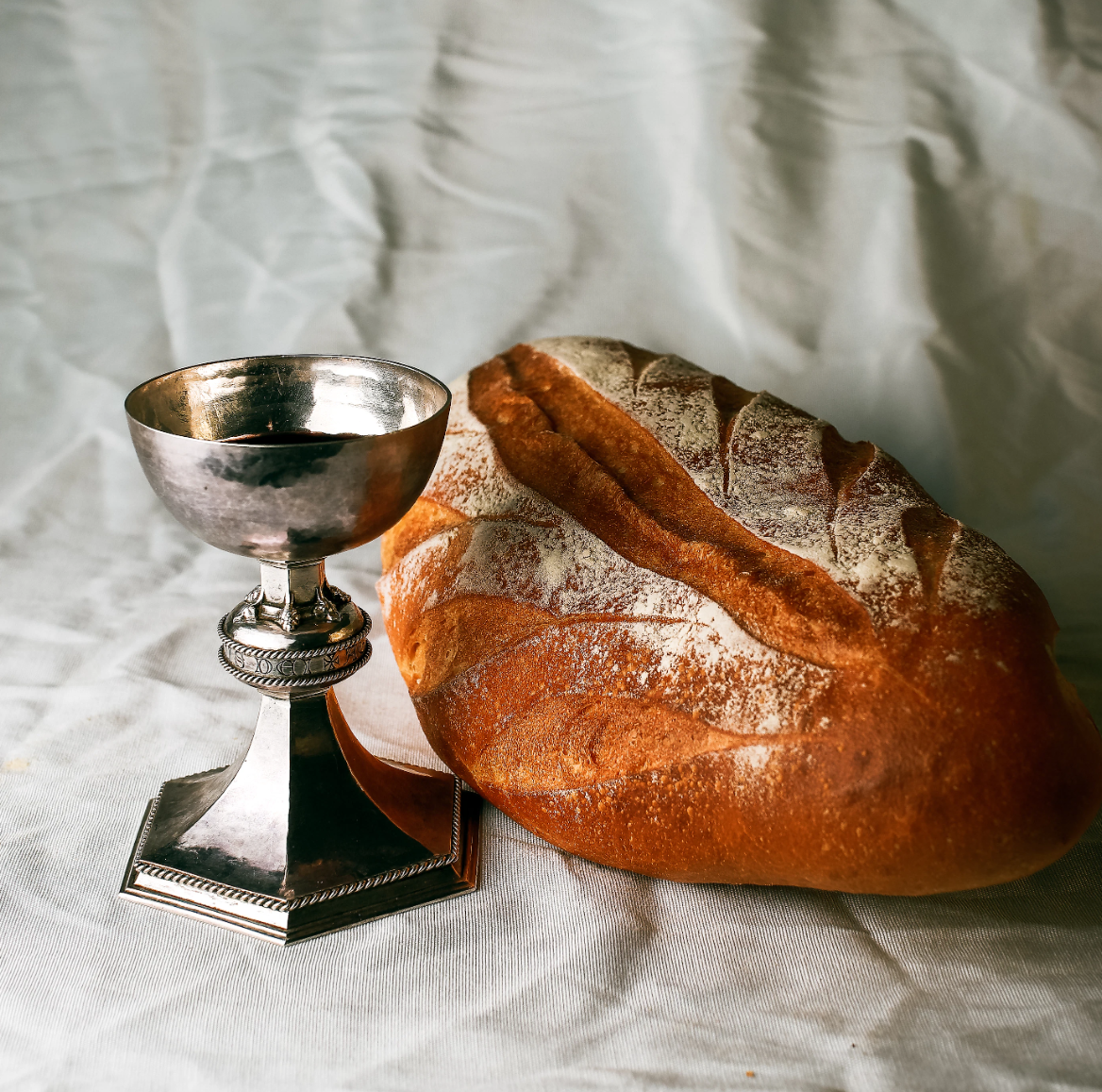I Like Proverbs, Part 1
I really like Proverbs. And I am also a giant nerd, it is true, but I don’t think you have to be a giant nerd to love Proverbs. I think some of the reasons people don’t like Proverbs… Not very clear, too complicated Promises a lot, too rosy-eyed Doesn’t address women, too male Connects prosperity to morality, too prosperity-gospel … are misunderstandings. I want to tell you why I like Proverbs so much, and I’ll use these misunderstandings as a roadmap. Objection 1. Too Complicated Of all these objections, this is the one that resonates most with me. There are complications between us and Proverbs. But I want to persuade you that those complications are not too big or too many: you can hear God’s Word in the Proverbs despite the complications. This, I think, is the biggest complication, and it holds several smaller ones: Proverbs is an unfamiliar kind of book: Ancient Near Eastern (ANE) Wisdom Literature. Some things that are helpful to know when you’re working with ANE Wisdo...




